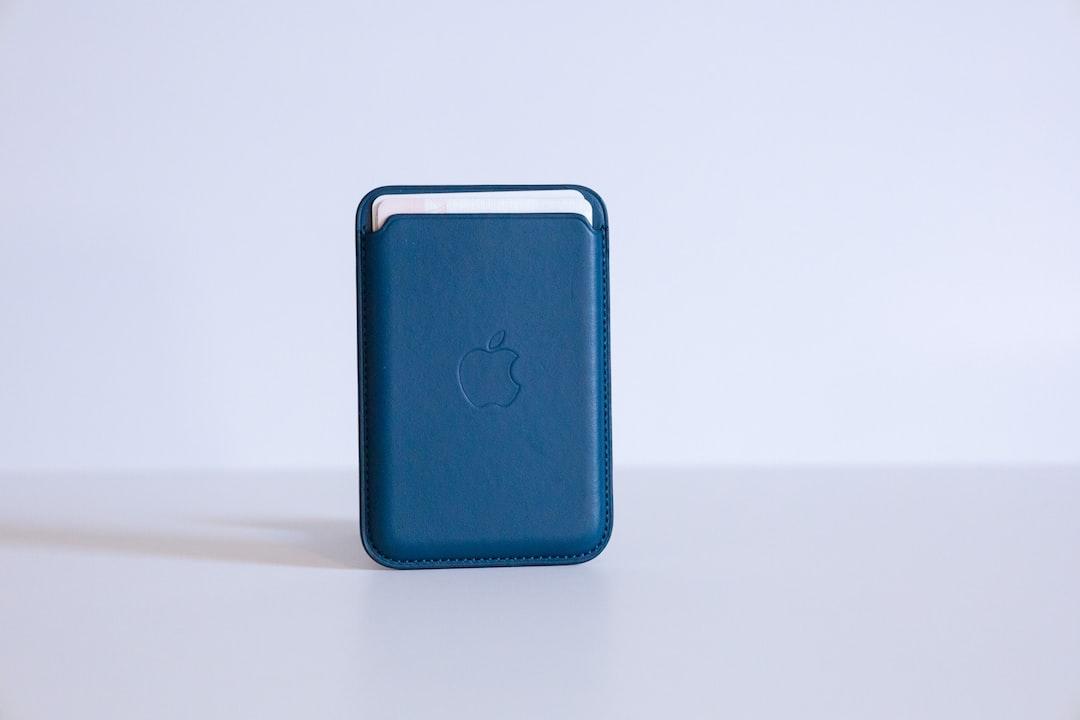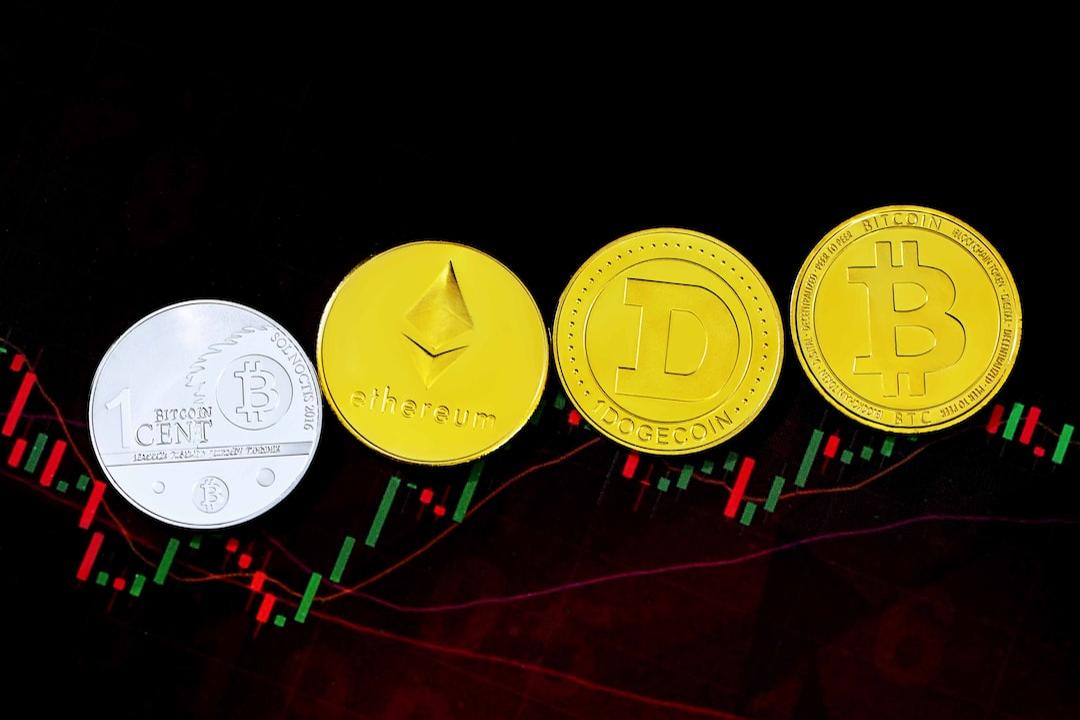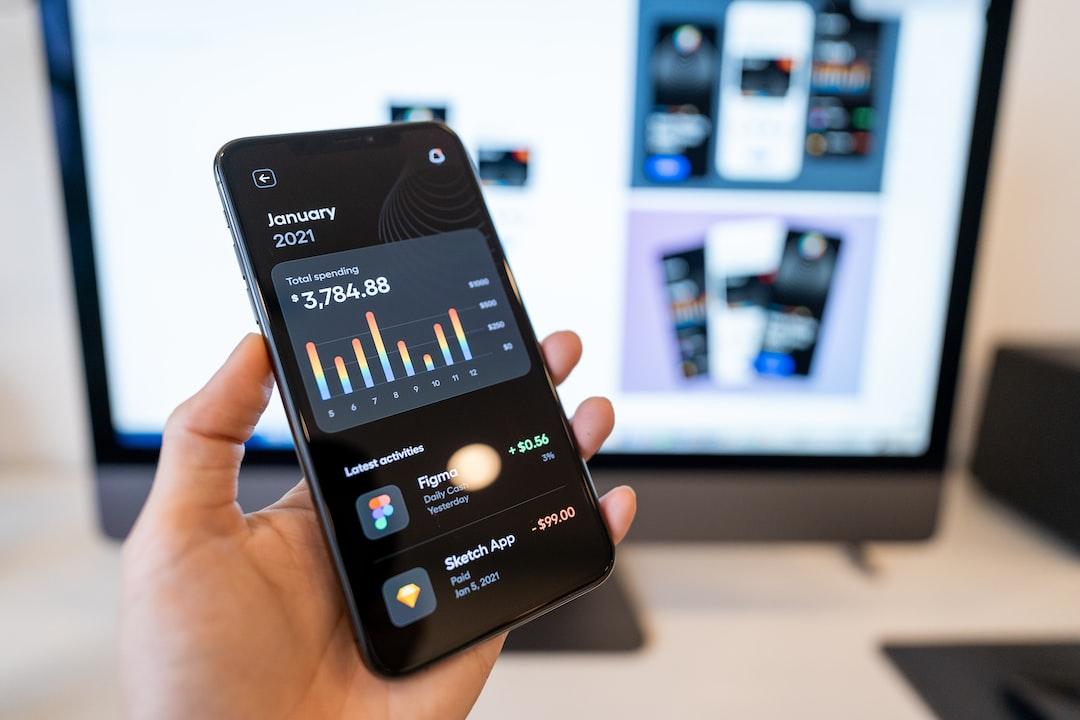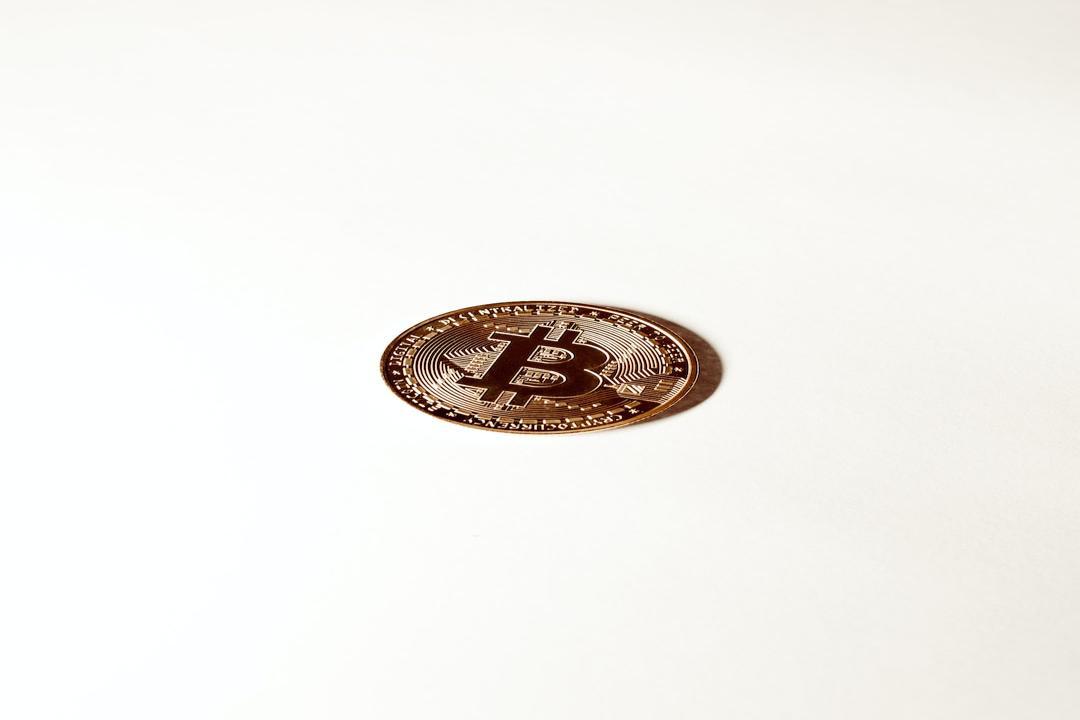Blockchains can be likened to virtual islands or separate ecosystems that were originally designed to have limited interaction with each other. This design choice has historically hindered users from freely transferring assets across different blockchain platforms.
To address these limitations, blockchain bridges have emerged as a solution to facilitate the smooth movement of funds between chains. They enable cross-chain compatibility, making it easier for users to transfer digital assets across diverse chains without being confined to a single blockchain.
The use of bridges extends beyond asset transfers. It can also involve complex operations such as decentralized applications (DApps) simultaneously utilizing resources or functions from multiple blockchains.
Let’s take a look at how a bridge to Solana works. A user can use a bridge to transfer a digital asset between blockchains. For example, if a user wants to move Binance USD (BUSD) from the BNB Chain to Solana, or vice versa, the bridge will facilitate the transfer. While there are various mechanisms to complete the transfer depending on the bridge, the process typically involves a lock-and-mint system.
In this system, the assets are locked on the source chain, and an equivalent wrapped version of the asset is minted on the destination chain. The circulating supply of the original asset remains unaffected, but a wrapped version of the asset is created on the destination chain with its own supply metrics.
In the reverse process, called burning and minting, the system burns (destroys) the wrapped asset and mints (releases) the locked token, returning it to circulation on the native blockchain.
There are several bridges to Solana, but the most popular ones based on total value locked are Portal (previously known as Wormhole) and Allbridge.
Now, let’s explore the process of bridging on a decentralized bridge platform, specifically using Portal.
Step 1: Select the blockchains. The user needs to choose the source blockchain (where the assets are coming from) and the target blockchain (Solana).

Step 2: Connect the wallet. The user must connect their Web3 wallet to the bridge by clicking the “Connect” button. They will be prompted to select from a range of supported wallet providers and connect it to the bridge.
Step 3: Select an asset to transfer. Once the wallet is connected to the bridge, the user needs to choose an asset from the “Select a Token” drop-down menu. They can select from the list of supported assets or search for the specific asset they want to transfer. The interface usually displays the balance for the selected asset, allowing the user to verify the correct token. They then enter the amount they wish to transfer.

Step 4: Connect the Solana wallet. Clicking the “Connect” button will display a list of supported Solana wallets. The user can choose the relevant option and follow the wallet prompts to connect it to the bridge.

Step 5: Create an associated token account. Once the origin and target wallets are linked, the user needs to create a token account in the Solana wallet by clicking the “Create associated token account” button. This account will receive the tokens. If the user already has an associated token account, they can proceed to the next step.
Step 6: Bridge the funds. The user must approve the token transfer through the bridge interface and confirm the transaction in the connected wallet. They can send the assets to the bridge by clicking the “Transfer” button.
Step 7: Redeem the funds. Once the funds have been bridged, the user can claim the tokens from the bridge using their Solana wallet by clicking the “Redeem” button.

Now, let’s look at the process of bridging on a centralized bridge platform, specifically using the OKX crypto exchange.
Step 1: Transfer the funds to the wallet. The user needs to transfer the funds they want to bridge to their OKX wallet and navigate to the “Bridge” section.

Step 2: Connect the wallet. Clicking “Connect wallet” will display a QR code that the user needs to scan to link their OKX wallet. Users can add a wallet extension to their browser by selecting “OKX wallet extension.” For users with other wallets like MetaMask, they can select “Other.” They will need to enter the OKX wallet password and click “Confirm” to link the OKX wallet with OKX Swap.

Once the wallet is connected to OKX Swap, the user can proceed with bridging Tether (USDT) to Solana.
Step 3: Complete the process. The user selects the source blockchain and destination wallet (Solana) and chooses the tokens they want to bridge in the source and destination chains. The interface will display the exact amount of tokens the user will receive. After selecting “Swap across chains,” the user confirms the transaction when prompted by the wallet. The transfer via the bridge is then completed.
Before starting to bridge assets, it’s essential to understand the terminology and fee structures involved.
Slippage refers to the difference between the expected transaction price and the actual execution price. Minimum slippage is favorable for users. If there is no flexibility regarding slippage and there is a price change, the transaction will be canceled, and the user will lose the network fee. Leaving some slippage becomes important when liquidity in the pool is limited.
In the context of asset bridging, a trading route typically refers to the path an asset takes during a swap or bridge transaction, which may involve multiple steps or platforms. It’s important to note that centralized exchanges’ swaps do not function as bridges but rather as decentralized finance (DeFi) aggregators behind the scenes. However, not all centralized exchanges work this way, and some allow users to manually change the bridge.
Network fees are the costs associated with using the blockchain network for bridging. The fee structure is multi-layered, consisting of source network fees, destination network fees, bridge fees, and conversion fees. Source network fees are paid to the source network for transferring an asset, while destination network fees are charged by the destination network (Solana) for transactions from the bridge to the wallet. Bridge fees are levied by the bridges operating on centralized platforms, and conversion fees are additional charges for switching between virtual assets during the bridging process.
Transaction time in bridges depends on source network confirmation time, bridge processing time, and destination network confirmation time. For example, when the source network is Ethereum, the confirmation time depends on the gas used. Solana, known for its quick processing, usually delivers funds to the wallet within seconds. The efficiency of the bridge being used also affects the time taken for the bridging process.
Blockchain bridges come with certain risks, including centralization, operational risks such as downtime or maintenance, and smart contract bugs or flaws. Some bridges rely on a centralized authority, which goes against the decentralized nature of the blockchain ecosystem. Bridges are also susceptible to downtime or maintenance issues, similar to any software. Reputable bridges are designed to handle such situations and resolve them in due course. If a transaction gets stuck due to insufficient gas, the funds will be returned to the user’s wallet.
Unfortunately, there have been instances of hacks that targeted blockchain bridges, highlighting the vulnerabilities of these platforms. Examples include the Poly Network hack, Wormhole Network hack, Ronin Network hack, Harmony’s Horizon Bridge hack, and Multichain exploit. Users must exercise caution, conduct proper due diligence, and consider using a separate wallet with limited holdings when using bridges to mitigate the risk of malicious actors withdrawing funds.
In conclusion, blockchain bridges play a crucial role in enabling the seamless transfer of assets between different blockchains. They simplify cross-chain compatibility and offer convenient options for users to move their funds across chains. However, it’s important for users to understand the process, terminology, and associated risks before engaging in bridging activities.

